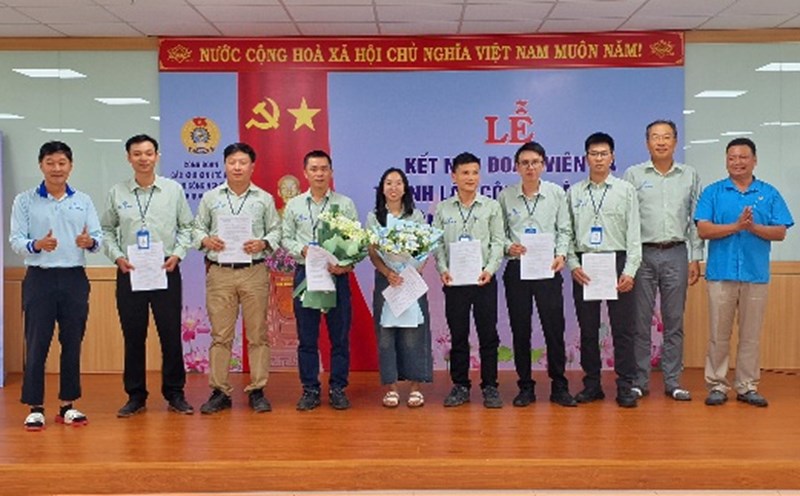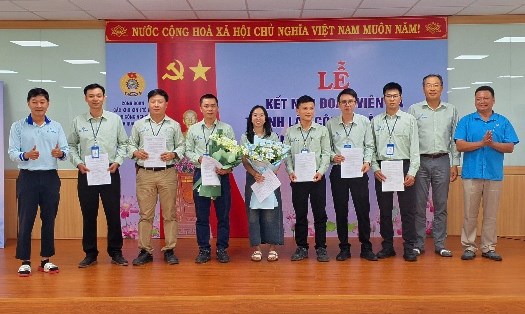At the workshop "Connecting green credit - Green industrial park" held in Da Nang on May 9, Mr. Le Quang Trieu, Deputy Head of the Management Board of Economic Zones and Industrial Parks of Quang Nam province, emphasized the advantages of Quang Nam with favorable geographical location, developed transport infrastructure, and the potential to become a multi-modal connection center. This locality currently has 14 IPs with a total area of 3,669 hectares, attracting 331 projects with a total investment of about 104,000 billion VND. The industrial parks contribute significantly to the local economy, creating jobs for about 61,000 workers. Chu Lai Open Economic Zone is a bright spot, contributing nearly 70% of the total provincial budget revenue.
However, Mr. Trieu also pointed out challenges such as industry segmentation, limited access to technology and capital, low land use efficiency, environmental pollution, and low labor standards. For sustainable development, Quang Nam is moving towards a green, circular industrial park model, in line with the Provincial Planning for the period 2021-2030. The province aims to develop high-tech industry, supporting industry, and prioritize automobile manufacturing and assembly industry. 16 new industrial parks with a total area of 6,496 hectares are being planned, focusing on the ecological industrial park model.
Mr. Trieu proposed "greening" solutions including: raising awareness of the benefits of green transformation, facilitating access to green credit, applying environmentally friendly technology, and enhancing public-private cooperation. Specifically, he proposed to establish a green credit fund, issue green industrial park criteria, build a risk sharing mechanism, promote digital transformation, and strengthen cooperation.
To connect green credit and green industrial parks, Mr. Trieu proposed supporting businesses in preparing loan applications, cooperation between banks and the Management Board, integrating environmental criteria into credit approval, and coordination between the state, financial institutions, and businesses. At the same time, it is necessary to develop a set of criteria for evaluating green credit, simplifying administrative procedures, establishing a technical support center, and promoting green transformation training.
Mr. Trieu called on banks to develop appropriate green credit products, investors of industrial parks to be transparent in environmental criteria and green transformation roadmaps, and businesses to improve the capacity to establish projects to meet green credit criteria.











